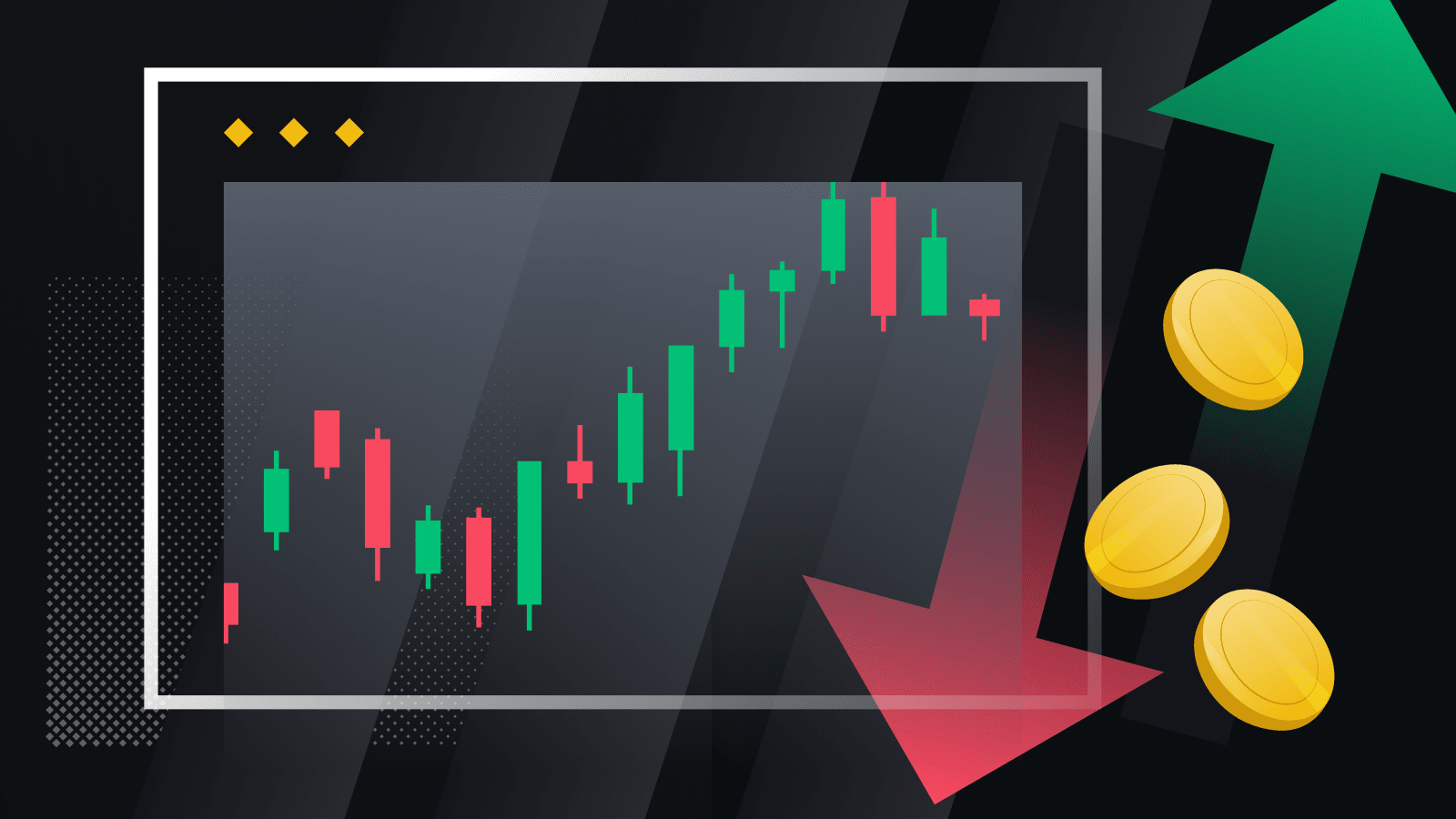An example of a trading method is order flow trading, where trading edges are determined by examining published and executed orders. Trading using order flow aims to make money by taking advantage of market instabilities.
What is a flow derivative?
A securitized asset that trades on exchanges or other online marketplaces to offer the most significant amount of leverage. These derivatives enable investors to execute deals automatically and are exchanged in real-time. Leveraged synthetic spot positions and synthetic structured forwards are two examples.
Trading professionals can use order flow analysis to see what orders are active in the market at any given moment, such as the quantity of Buy and Sell orders at a particular price level. To determine how these orders may ultimately affect the market price, traders might employ Order Flow analysis. Order flow trading also examines the deals made by other traders on a certain market. Watching the Order Book and footprint charts is how this is done.
Understanding Flow Derivative
Investors can place directional bets on the values of individual currencies, a basket of money, a commodity, or an index using flow derivatives. Flow derivatives can replicate over-the-counter (OTC) product payments while providing the simplicity and transparency of exchange trading. In addition, flow derivatives may be exchanged automatically since they are traded on electronic platforms, giving traders access to real-time pricing.
Real Flow Derivative Example
Although flow derivatives are directional bets, depending on the underlying products and how the product is organized, they can become a little complex. For example, consider a WAVE XXL, one of the goods Deutsche Bank sells.
A trader may purchase a WAVE XXL call if they think the S&P 500, presuming it now trades at 3,000, would rise over time. As a result, a Wave XXL call might be purchased for as low as $4, in contrast to an index certificate that would cost $3,000 to buy.
How order flow payments are processed
The market maker pays the brokerage to execute a stock or option order that your broker transmits.
For instance, your order will halt somewhere before it is completed if you place a purchase order for 20 Amazon (AMZN) stock with a brokerage that accepts PFOF. Your brokerage will transmit the order to a market maker, who executes the transaction, once you put it.
Payment for order flow is the cash a brokerage or investing software gets when they hire a third party to carry out the buy- or sell-orders you give them for securities. This operation allows the market maker business to execute your transactions.
PFOF is a common way for discount brokers and commission-free investment applications to make extra money, but it has no impact on the investments you may make or the security of your accounts. However, PFOF may affect the ultimate expenses of your trades if you’re an active trader or day trader who frequently invests in options because third-party businesses do have some influence on how quickly your order is executed.
FINAL INSIGHT
Order flow analysis is a type of trade analysis that makes it possible to foretell with a high degree of accuracy where an order imbalance will appear at a certain price level in the future. As a result, you’ll be able to join the market more confidently and precisely.












